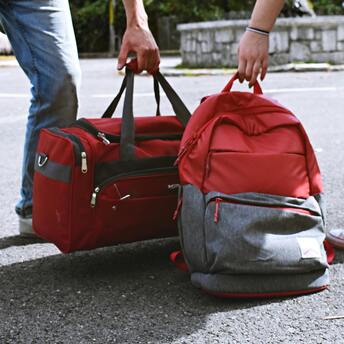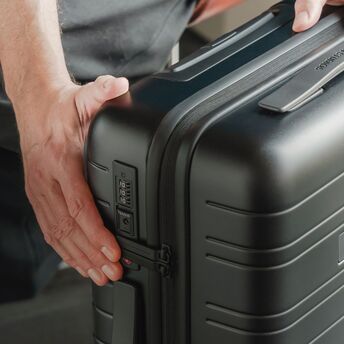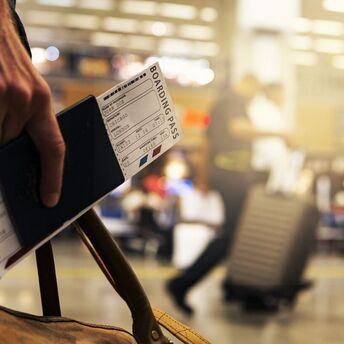Tips

Deerfield Beach, Florida: a small town on the Atlantic coast with the best home prices

The right hand luggage size when flying: Requirements and restrictions of different airlines

What to take for an all-inclusive resort: List of the most useful and necessary things on the road

The best sites for finding vacation accommodations. Your go-to wand for all desires, budgets and occasions

15 tips for Airbnb beginners: How to attract customers and create a place they'll want to return to again
How to save money on Spirit Airlines flights: booking a ticket at the airport and other things you should know about bargain flights
"Bavarian" Leavenworth, Washington: A guide to an American town with a German flair

The best time to visit The Wizarding World of Harry Potter, Orlando: Bargain prices, good weather and no long lines

The cheapest way to fly to San Miguel de Allende and see the winner of 2 of the world's most beautiful cities

Stops around the world where you can stay overnight for free. Barter or artist and writer program housing

Top hotels in Europe at an affordable price: Reasonable options for a comfortable vacation across the continent

Cheap alternatives to popular attractions: how to plan a budget-friendly and exciting trip
Cheapest time to fly to Italy: tips for travel planning with good prices and weather







